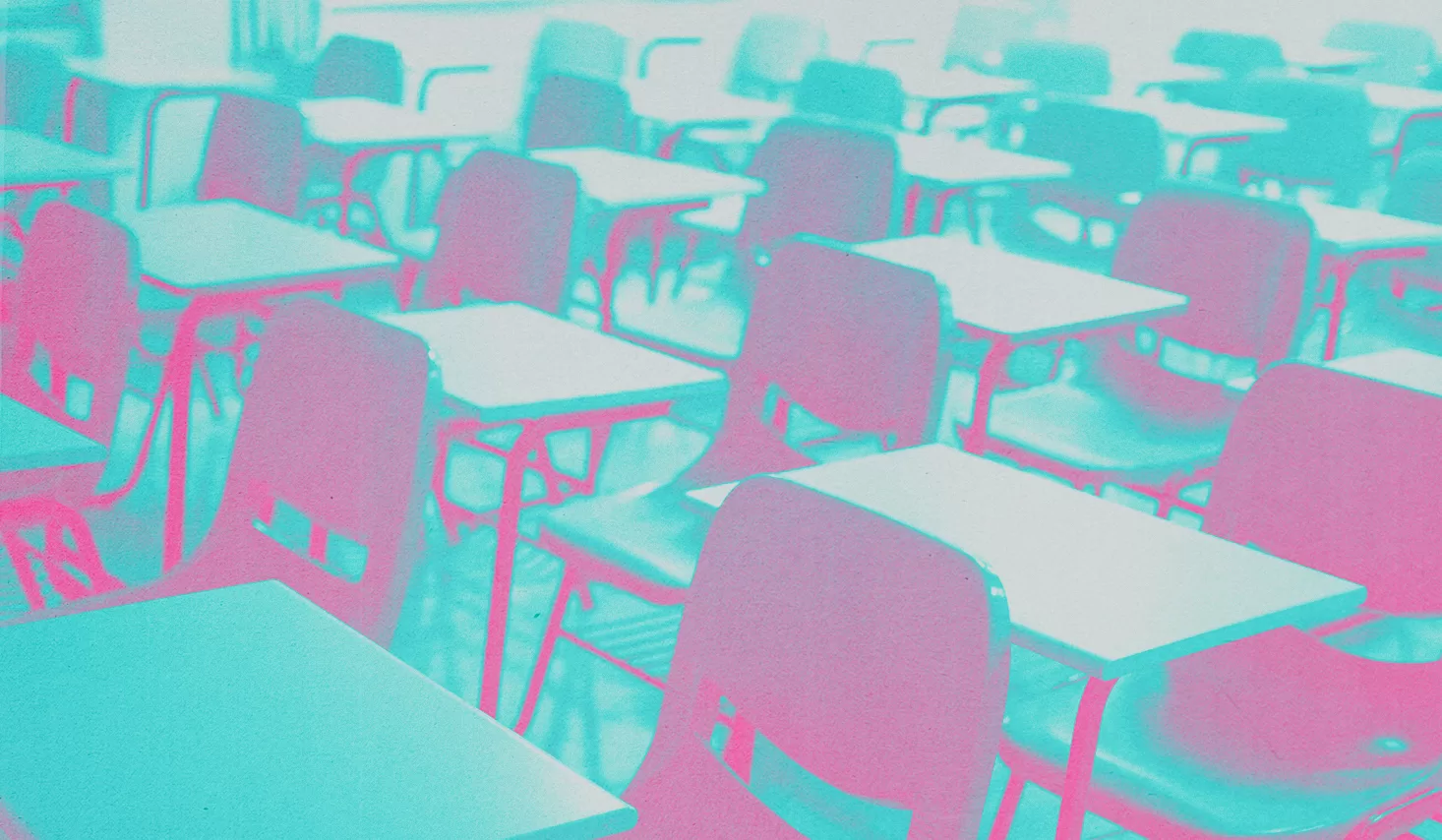However, on reflection, the history which we learnt, covering topics from wars to revolutions, missed something crucial – any mention of the LGBTQIA+ community. This absence in my education not only created a gap in my understanding of those brave LGBTQIA+ people who had come before me, but it also fuelled feelings of shame, as history was taught as if LGBTQIA+ people did not exist.
Growing up feeling acutely aware of being different because of my sexuality, I remember feeling even more invisible in the history classroom. Whilst my teachers were ahead of their time in the sense that they made sure to cover other marginalised groups by teaching, for example, the role of women or people of colour in different historical periods, LGBTQIA+ people were never discussed. This silence was deafening to me.
Fast forward to today, and the importance of learning about LGBTQIA+ history, especially in schools, remains. It is not just about a passing mention or a chapter in a textbook; instead, it is about acknowledging and validating the experiences of a community which has for so long been marginalised and relegated to the periphery.
Most importantly, for me, including LGBTQIA+ history in education helps LGBTQIA+ students who may be struggling with their identity. It does this by reinforcing that LGBTQIA+ people have always existed and that their feelings and experiences are valid.
Moreover, it is empowering to know that there are people like us who have helped pave the way by making significant contributions to society, like Alan Turing, and fighting for our rights, like Marsha P Johnson, despite the many societal constraints placed on them. By learning about figures like these, it helps young LGBTQIA+ people to have powerful role models, and reinforces the idea that they too can chart their own path and make a difference.
Including LGBTQIA+ history in the classroom is crucial to break down stereotypes and misconceptions which have often plagued our community. For example, throughout the AIDS epidemic, there was misinformation and fear which led to the stigmatisation of the LGBTQIA+ community, fuelling the characterisation of the AIDS epidemic as the “Gay Plague”. By looking at the AIDS epidemic in a more holistic way when learning about it, we can challenge stereotypes which unfairly blame or stigmatise individuals based on their sexual orientation, helping to dispel misconceptions which may associate AIDS with certain behaviours or communities without considering the broader picture.
